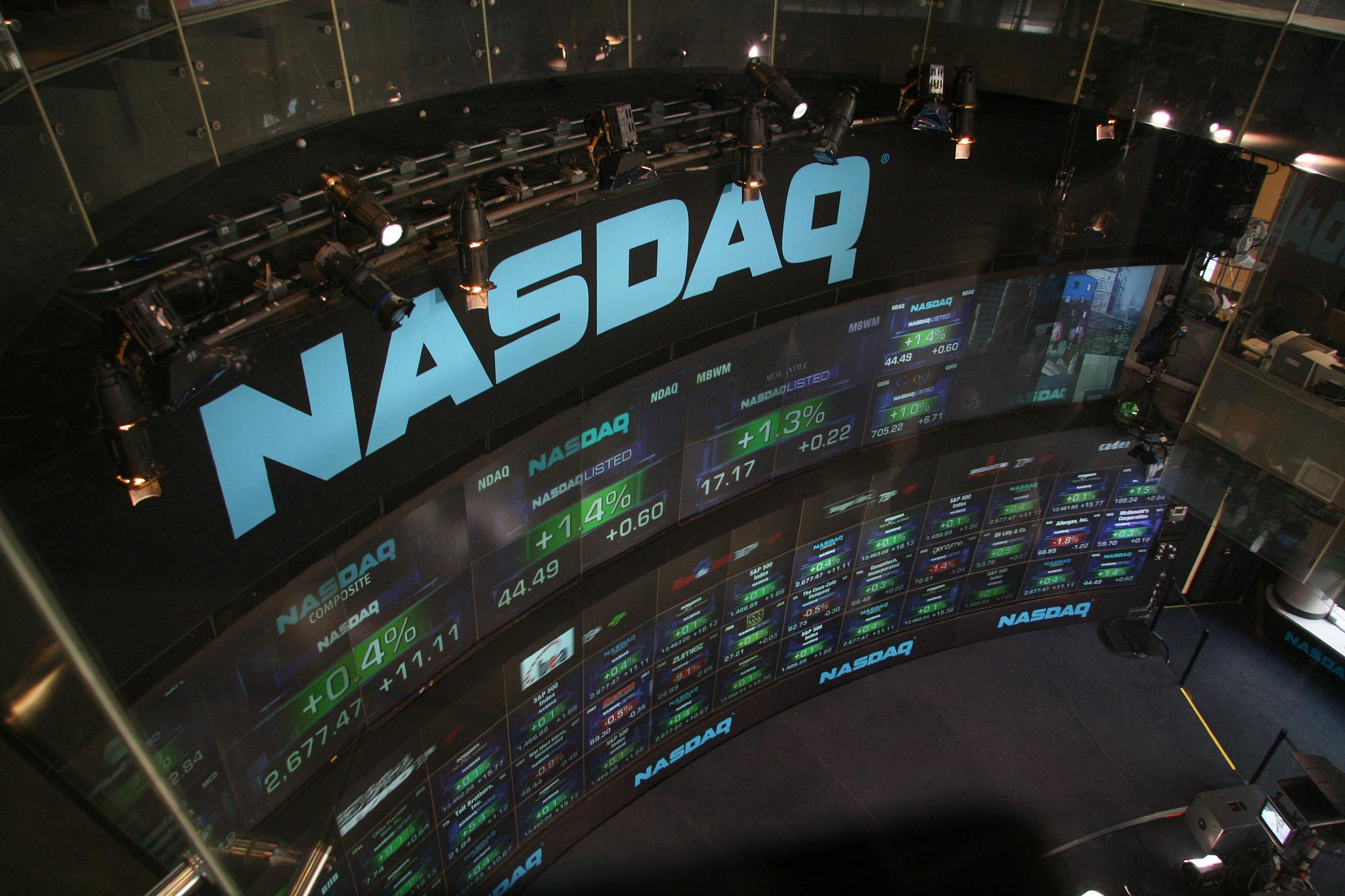The Nasdaq hit a two-year low on Monday as chipmakers bore the brunt of U.S. efforts to hobble China's semiconductor industry, while investors treaded carefully ahead of the start of the earnings season.
The Philadelphia SE Semiconductor index (.SOX) was down 2.7%, after the Biden administration published a sweeping set of export controls on Friday, including a measure to cut China off from certain semiconductor chips made anywhere in the world with U.S. equipment.
Some of the index's biggest components including Nvidia Corp (NVDA.O), Qualcomm Inc (QCOM.O), Micron Technology Inc (MU.O) and Advanced Micro Devices (AMD.O) fell between 1.3% and 3.3% in early trading.
Major U.S. banks are set to kick off the third-quarter earnings season in earnest on Friday, amid anxiety about the impact of inflationary pressures, rising interest rates and geopolitical uncertainties on their profit.
"It's one of those strange quasi-holidays where stock markets are open, but bond markets are closed. We really have little or no economic data and no real hard catalyst for the markets today," said Art Hogan, chief market strategist at B. Riley Wealth. "Volumes will be low, stocks will likely meander and wait for some real catalyst and for everyone to be back on the playing field tomorrow."
Wall Street fell sharply on Friday following a solid jobs report for September that increased the likelihood of the U.S. Federal Reserve sticking to its aggressive interest rate hiking campaign and likely pushing the U.S. economy into a recession.
Chicago Fed President Charles Evans on Monday joined the chorus of other central bankers backing the Fed's attempt to lower inflation without a sharp rise in unemployment even as it continues raising interest rates.
"We had a pretty sharp down day on Friday and there's very little change in the picture from the Fed's perspective on inflation or how fast rates hikes might continue to occur, said Randy Frederick, managing director of trading and derivatives for the Schwab Center.
"So the volatility is going to be there until we get at least to the November 2nd (Fed) meeting and probably a week after that when the midterms arrive."
Money markets are pricing in an 89% chance of another 75 basis-point hike at the Fed's November meeting.
At 9:53 a.m. ET the Dow Jones Industrial Average (.DJI) was up 54.93 points, or 0.19%, at 29,351.72, the S&P 500 (.SPX) was down 9.31 points, or 0.26%, at 3,630.35 and the Nasdaq Composite (.IXIC) was down 73.99 points, or 0.69%, at 10,578.41.
Tech behemoths Apple Inc (AAPL.O) and Microsoft Corp (MSFT.O) fell 0.9% and 1.5%, respectively, weighing down the S&P 500 technology sector index (.SPLRCT).
Advancing issues outnumbered decliners by a 1.11-to-1 ratio on the NYSE. Declining issues outnumbered advancers for a 1.35-to-1 ratio on the Nasdaq.
The S&P index recorded one new 52-week high and 22 new lows, while the Nasdaq recorded 33 new highs and 200 new lows.










